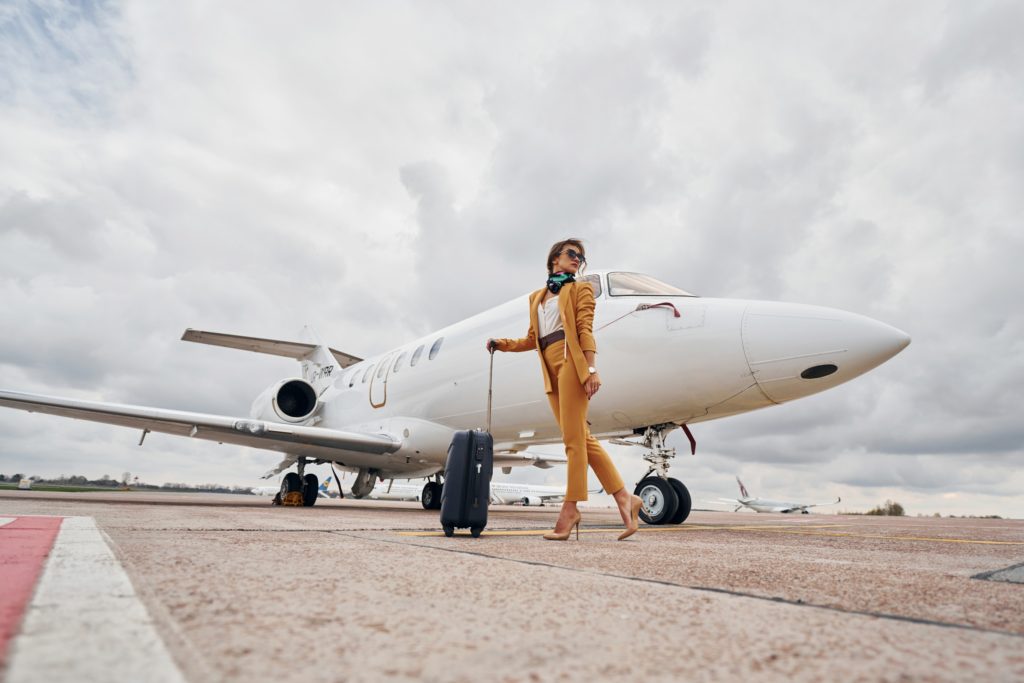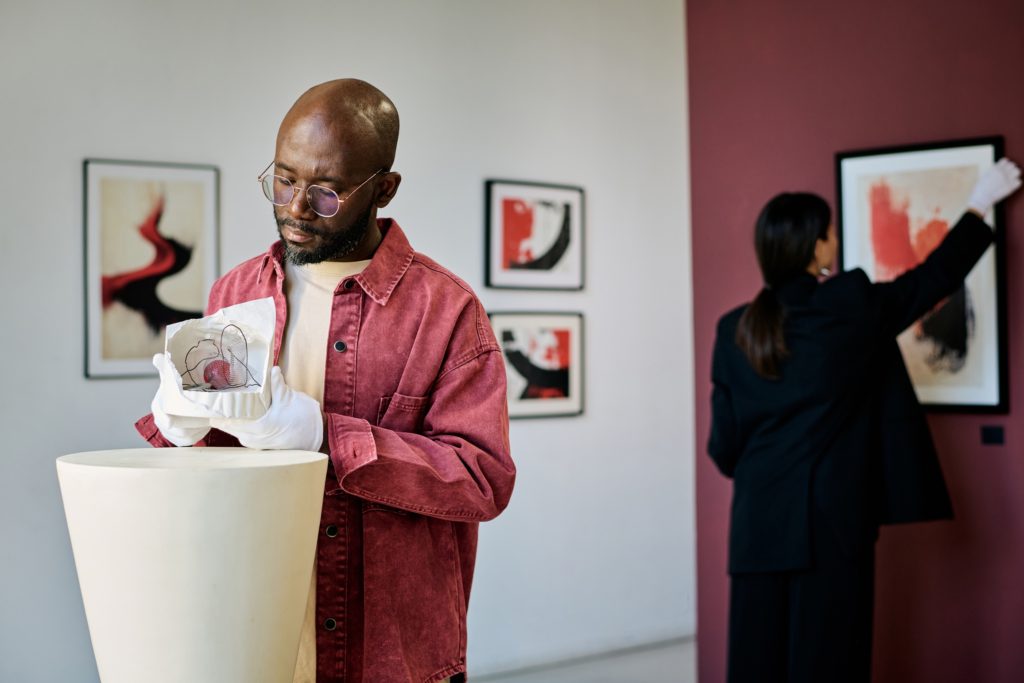It’s your pride and joy. You probably love your art collection more than most people. So, if you’re taking it overseas, permanently or temporarily, you should ensure it gets there as safely as possible. For exclusive collections, the best option is a private jet. Let’s break it down.
Step 1: Pre-Flight Planning (and It’s More Than Just Picking a Date)
Art logistics are as much about preservation as they are about punctuality. When you book a private aircraft for your art collection, the process usually begins with a dedicated logistics consultation, either from your broker, a fine art shipping specialist, or a private jet operator with experience in cargo handling.
They’ll want to know:
- What kind of art is flying? (Paintings, installations, fragile mixed-media, etc.)
- What are the dimensions, weights, and special handling requirements?
- Do you have temperature/humidity control needs?
- Is it packed and crated to museum standards?
These questions determine the correct aircraft type (light jet, midsize, or cargo-configured heavy jet) and whether additional support is needed, like couriers, handlers, or security staff.
Step 2: Specialized Ground Handling
Before your artwork boards the plane, expert handlers take over. Many private aviation hubs offer climate-controlled storage and private hangar access. Your art never touches the tarmac.
Expect:
- White-glove loading teams
- Custom palletization or cradle systems
- Real-time condition monitoring, if applicable.
At this stage, insurance also plays a significant role. Most collectors use high-value, in-transit policies that cover door-to-door protection. This is crucial, so always double-check your policy first.
Step 3: The Flight Itself
Onboard, the aircraft may be fully configured for cargo or mixed transport (passengers + art). Cabins with pressurization and climate control are essential for paintings and older materials, which are sensitive to shifts in temperature or altitude.
Step 4: Arrival and Delivery
Once landed, the artwork is transferred under strict supervision to its destination, whether a gallery, private estate, or bonded warehouse. Ground transport is usually pre-arranged to maintain temperature consistency and security.
In some cases, clients will request:
- Armed escort vehicles
- Unmarked delivery vans
- On-site art handlers for installation or inspection.
Why Use Private Aviation?
Compared to commercial freight or scheduled cargo, private jet hire:
- Reduces touchpoints (fewer people handling your art)
- Avoids delays and layovers
- Allows for last-minute rerouting if conditions change
- Provides total control over flight conditions and schedules.
Bottom Line?
Moving your art collection via private aircraft is like flying a museum exhibit first class. Every step is curated, cautious, and designed to protect what’s priceless.


